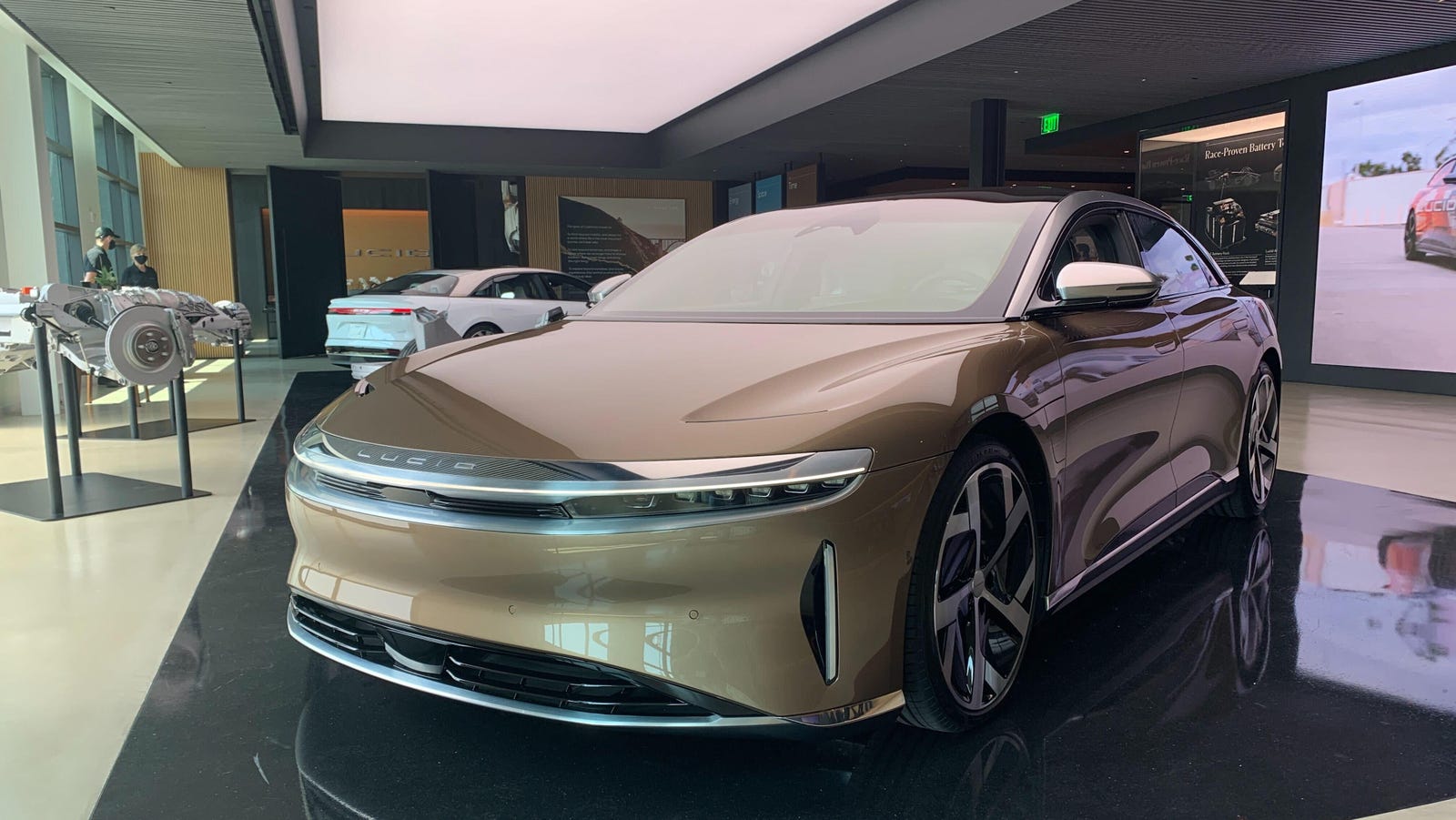
Can Lucid actually deliver on all of these promises? If you had asked me a year ago, I’d have been skeptical. After spending a day walking around the company’s California R&D facility and cordially chatting with CEO and CTO Peter Rawlinson, I’m much more convinced that this company is the real deal and can make it happen. I’m positive there was at least a basilar level of smoke and mirror bullshit going on — it was a press event after all — but even if you discount 20 percent of what I heard, it was convincing enough to pass the smell test.
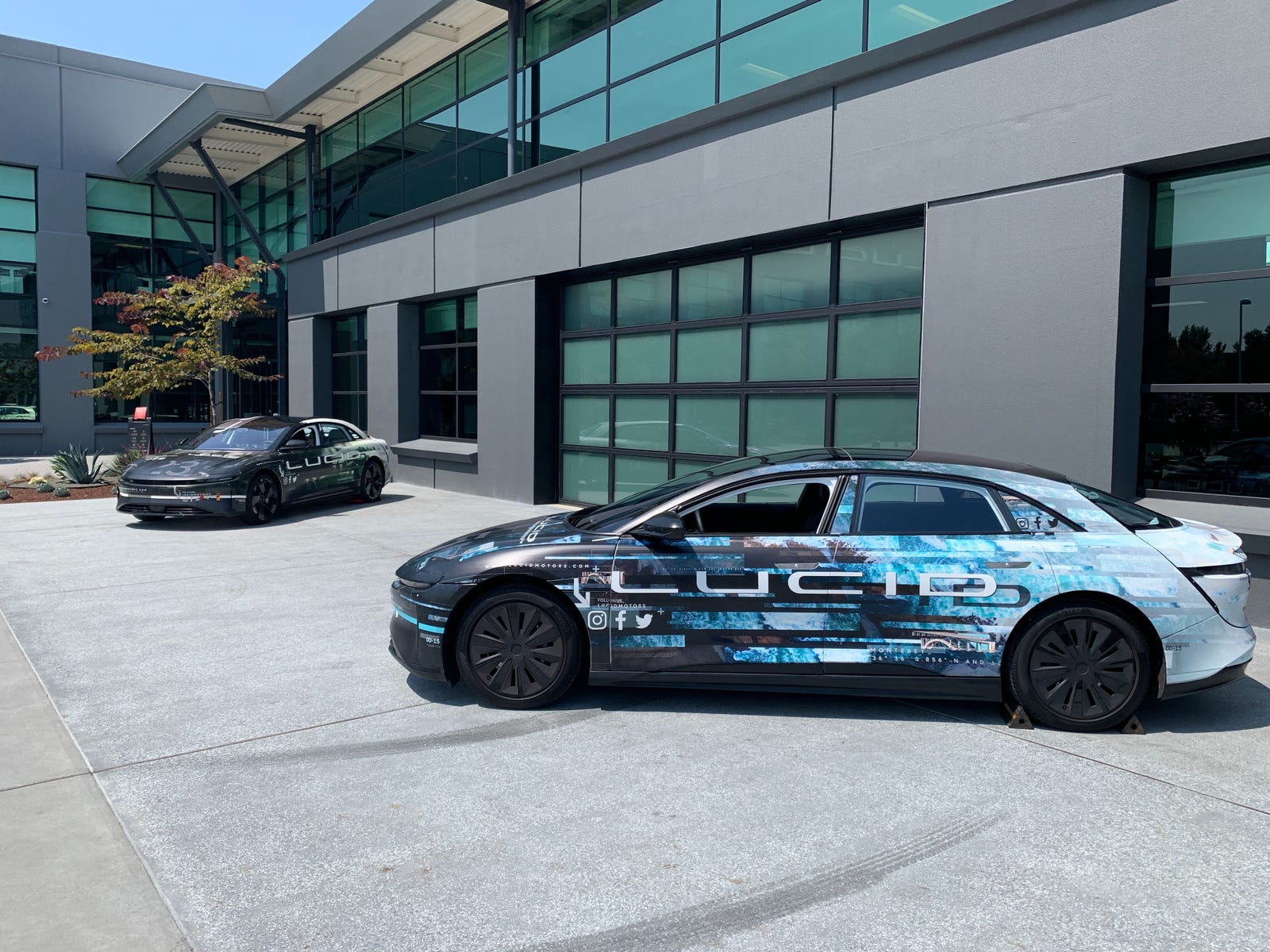
The Basics
The Lucid Air will begin arriving to customers in early 2021. It will ultimately be available in four trim levels, ranging from around $79,900 up to $169,000. The limited-volume Lucid Air Dream Edition is the first to launch at that huge top-end price. That’s how you get the 1,080 horsepower drivetrain, a slew of limited interior and exterior options and exclusive 21-inch aero wheels.
Summer 2021 will see the introduction of the Grand Touring model with 800 horsepower at $139,000. The Grand Touring will be the Air’s range champion, Lucid says, with an estimated EPA range of 517 miles. In late 2021 you’ll be able to get the Touring model with a positively boring 620 horsepower and a starting price of $95,000.
All four trims will offer faster peak charging speeds than anything else on the market, Lucid claims, accepting up to 900 volts of charge. When connected to a Level 3 DC fast charger, the Lucid architecture lets its battery pack replenish at an alarming rate, adding up to 20 miles of range per minute. In real-world charging, you should be able to add 300 miles of range to your Lucid in 20 minutes.
All Lucid products are engineered with bi-directional charging, which means if your house is properly equipped, you can connect in a Vehicle-2-Grid fashion, allowing your Lucid to act as a backup electricity source in the case of something like the California power cuts currently in the news
What’s In The Back?
While the photography restriction means that what I saw couldn’t be proved with visual evidence, the back half of the Lucid building is an astonishing display of prototypes and development mules still being hammered away on. Each segment of the R&D team — from infotainment to NVH to powertrains to batteries — was given its own individual prototype to develop. There had to have been 40 of the things on a slew of two-post lifts running down the spine of the room.
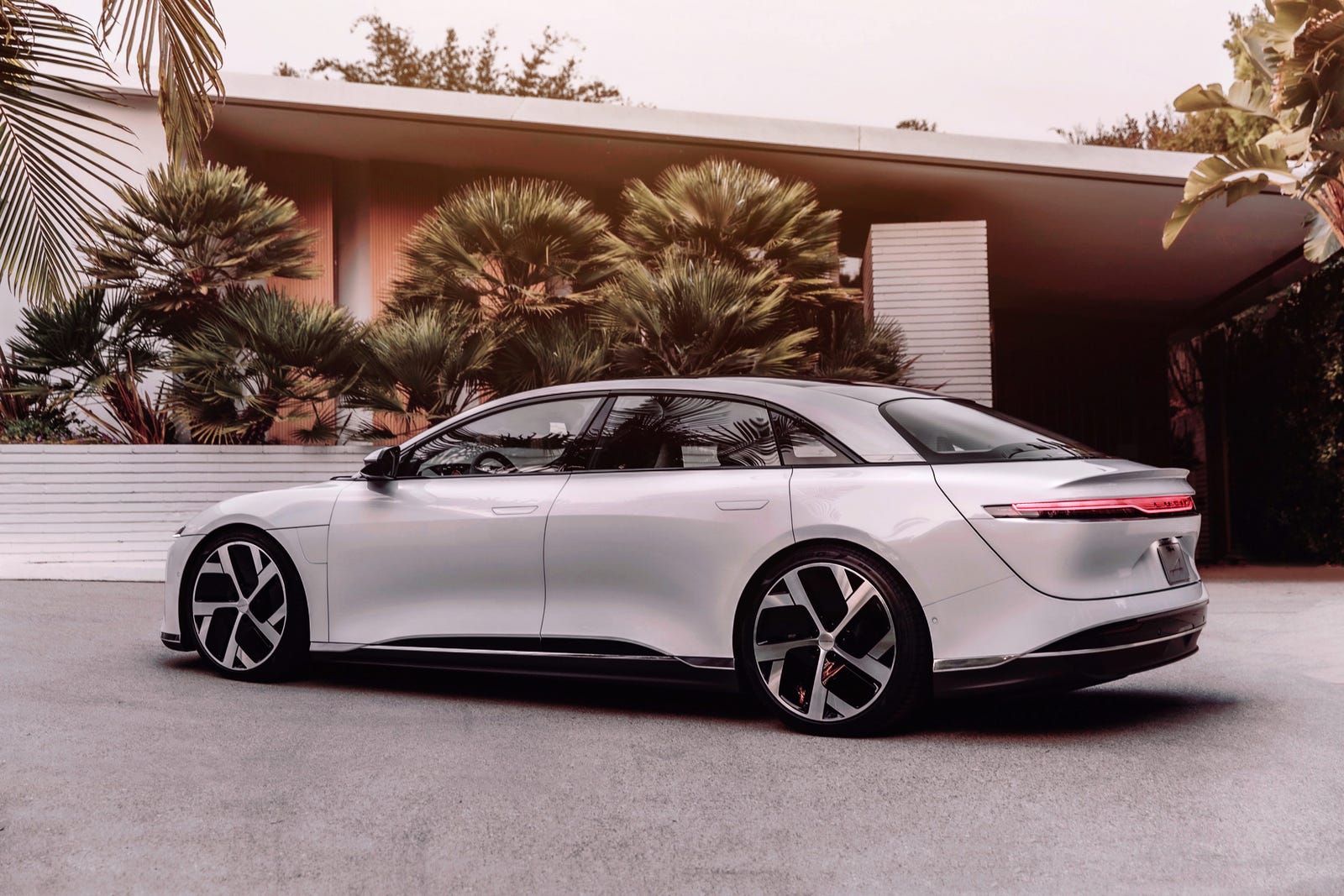
At the very end of this mock-up production line is a huge machine which I am told is for laser scanning finished cars to ensure quality control. The lasers can allegedly measure down to about one-quarter of one-thousandth of an inch. Every car needs to be built to an exacting set of standards, and Lucid wants to make damn sure that its panel gaps are fucking exact. For obvious competitive set reasons.
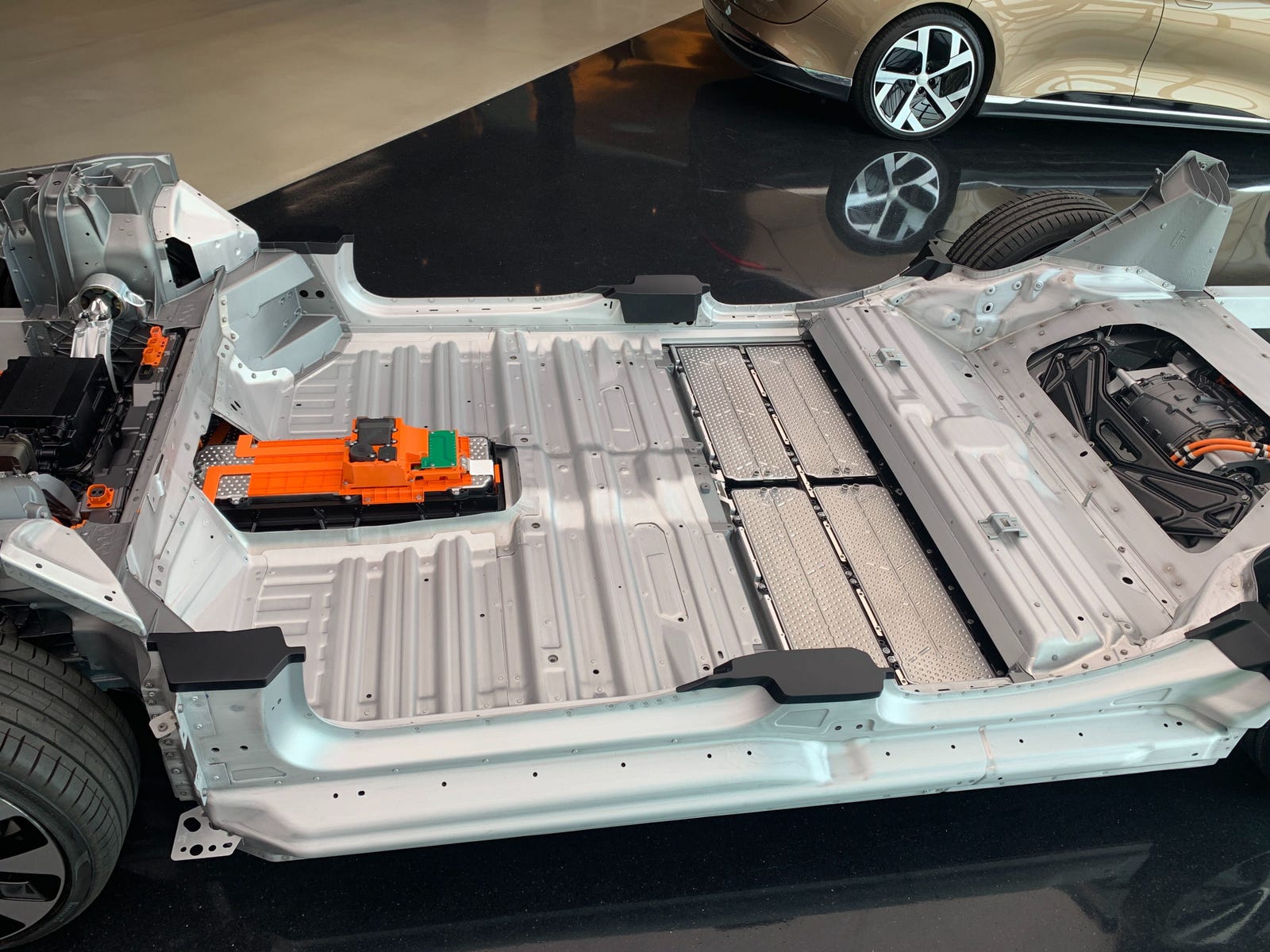
Atieva Formula E
Next door to the Lucid battery production room is home to Atieva, Lucid’s subsidiary company which has built all of the battery stacks for Formula E under contract with McLaren Technologies since the Gen 2 car was introduced in season 5 (late in 2018). The contract stipulated that the batteries couldn’t have a road car manufacturer’s name on them, because Porsche, Mercedes, BMW, Audi, etc. wouldn’t be too pleased if it were widely known that their race cars were powered by Lucid.
I was told that all 24 cars in the 2019-20 season used a single Atieva battery each through the full season. A handful of spare battery packs were built for the FIA to hold in the event that one was needed by any team, but none were. Even when cars are crashed, the proprietary battery box is strong enough that it can simply be lifted from a shunted chassis into a new Spark SRT05e.
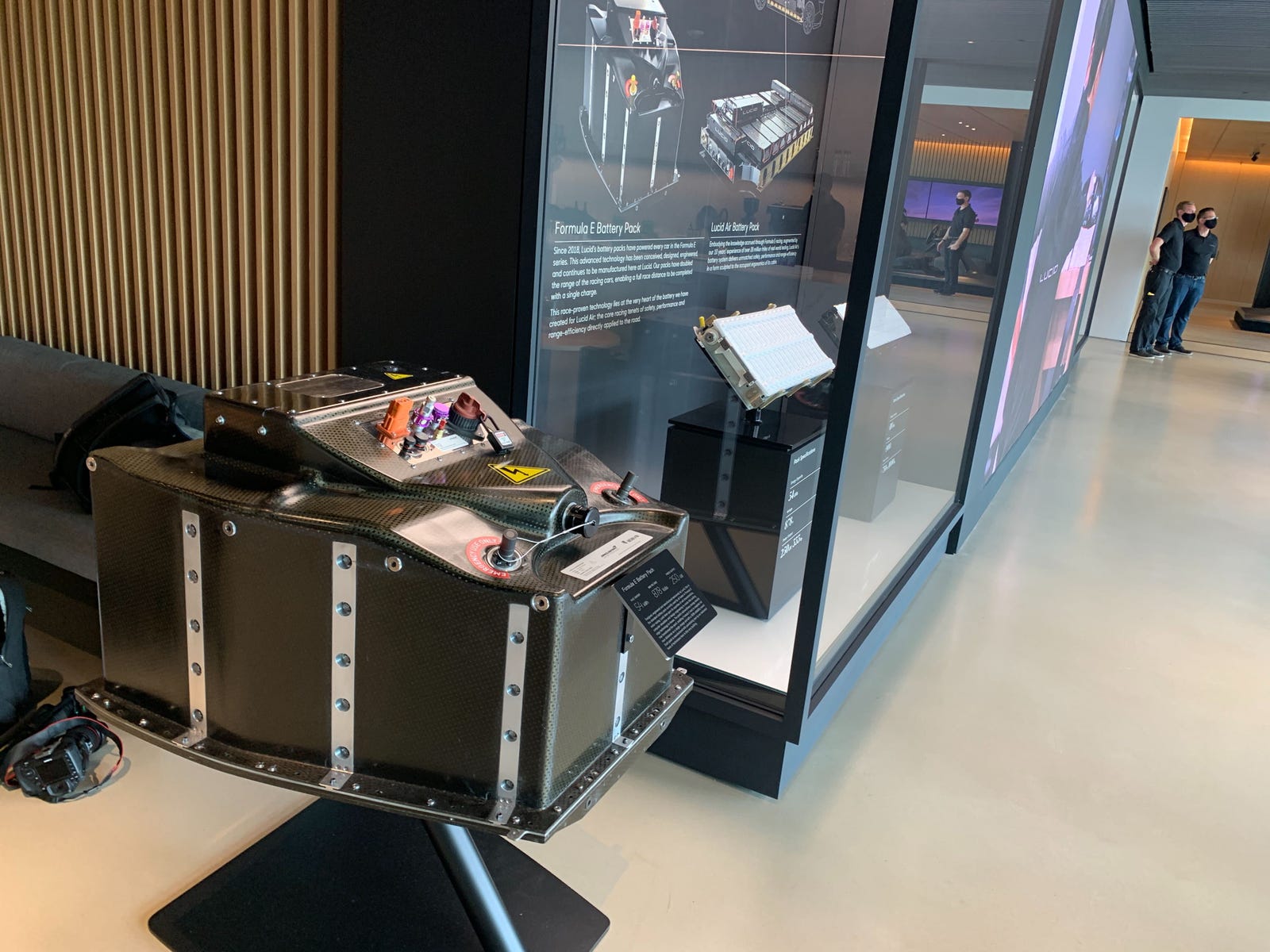
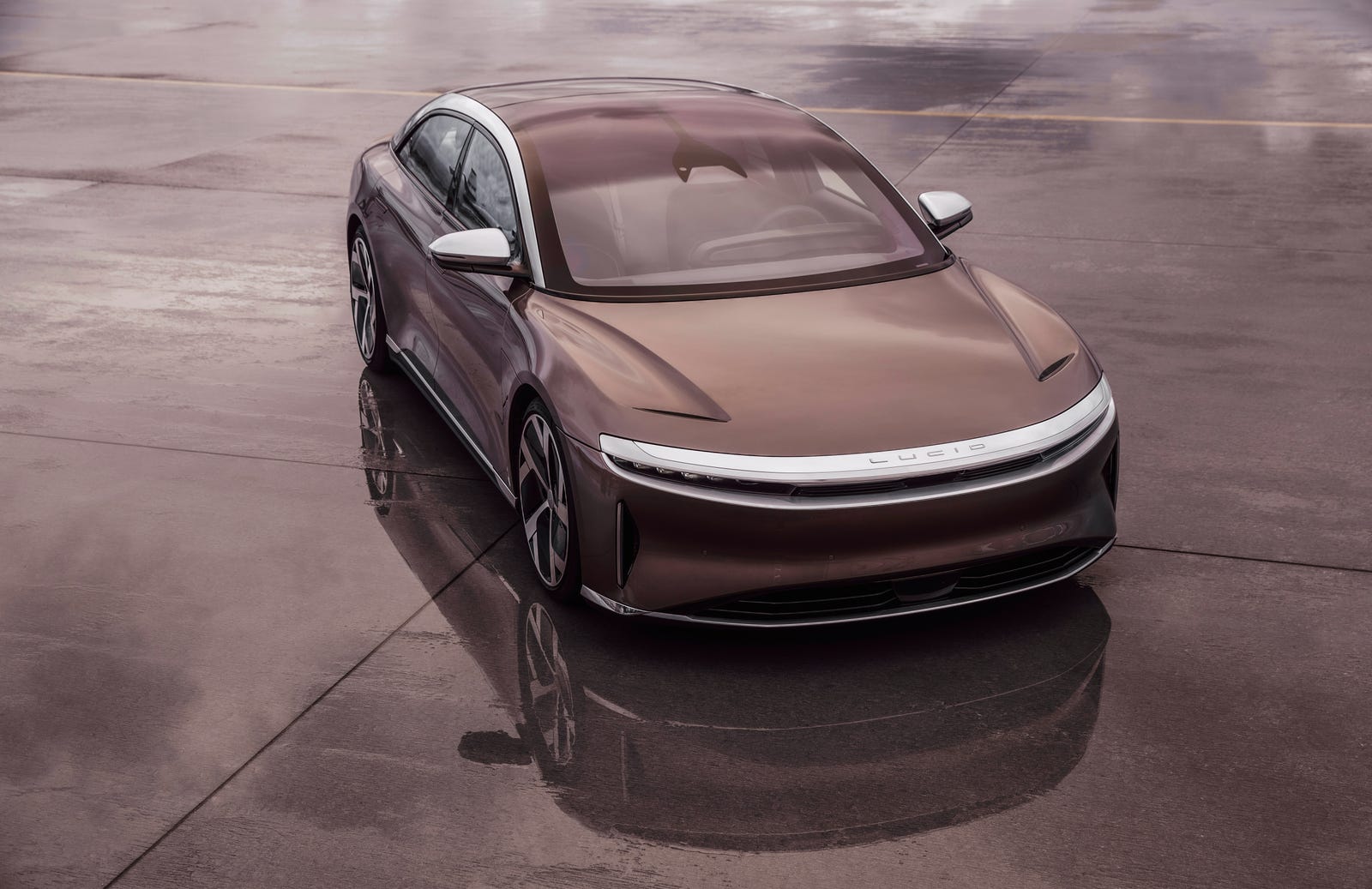
That was the end of the tour and I was dumped back into the main showroom for a look at what consumers will eventually see in person at Lucid’s various showrooms around the country. Much like Tesla, Lucid will be selling direct to consumers without dealerships or a large volume of pre-built inventory. Each customer will be treated to an upscale showroom experience with one or two examples and a virtual reality display to help them spec their own cars.

That is easily the most coastal California pretentious thing about the Lucid brand, but somehow it actually works.
Because, I’m told, Lucid will only have a few of these showrooms at first, in the larger markets like Los Angeles and San Francisco it is planning a mobile fleet of repair vehicles. If you have any issues with your Lucid and you live in, say, Mobile, Alabama, the company will dispatch a nearby regional van full of parts and a certified technician. Allegedly some 95 percent of the vehicle can be repaired by a mobile tech rather than requiring you to ship your car to a service facility.
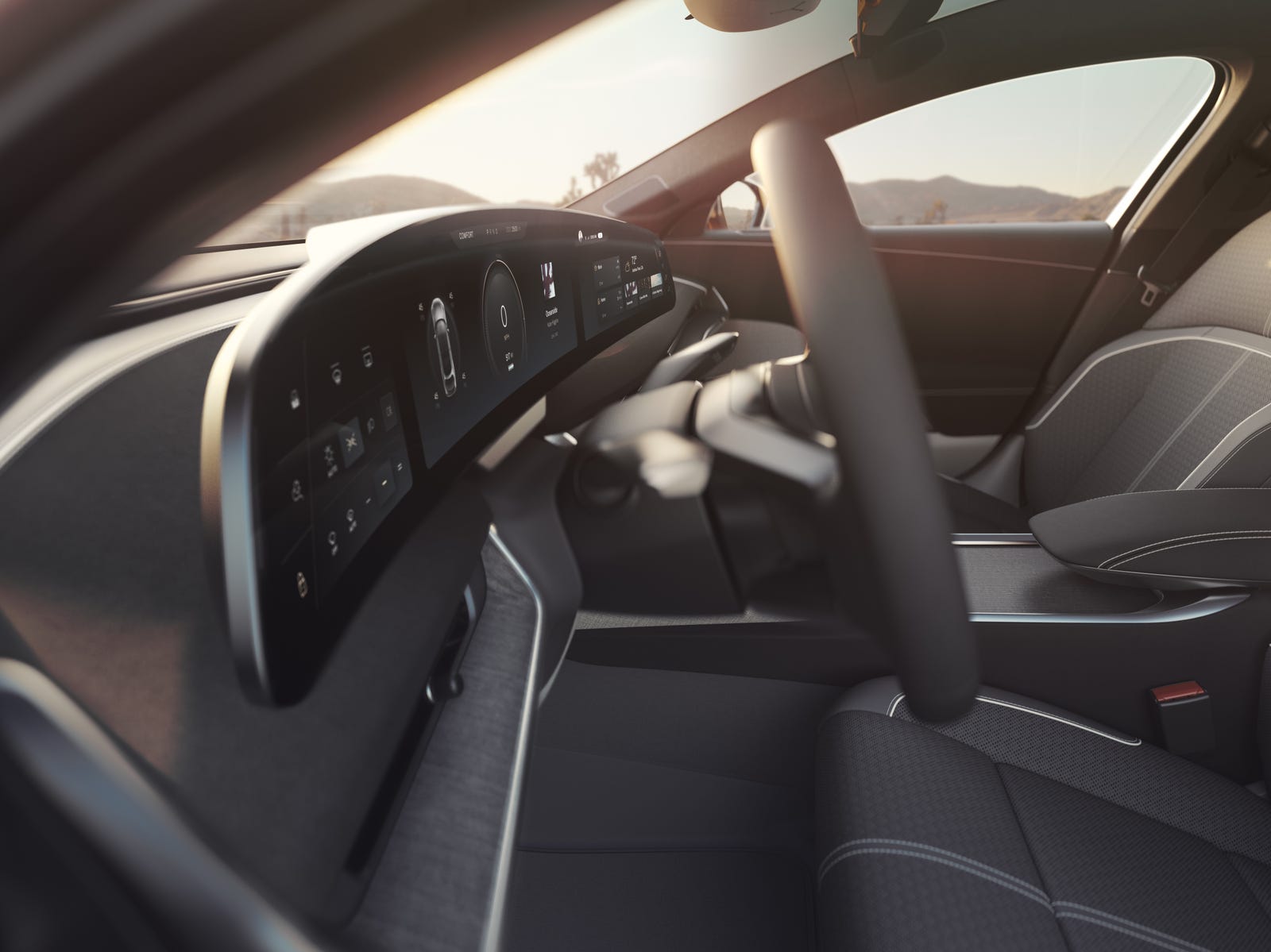
Okay, after all that I finally got to sit in the car. Taking the wheel you’re surrounded by screens, but not in an intrusive way. The Lucid’s three-screen dashboard instantly reminded me of a longer and wider version of the curved display found in Porsche’s Taycan. In the Lucid, however, the entire gauge cluster display is floating above the dash, only held in the middle by a single support. The two outer screens are capacitive touchscreens for operating the car. Things like HVAC, car modes, battery, and doors/trunks are operated and monitored from the center stack screen. Unlike others with a huge distracting center screen, however, the Lucid’s can be stowed into the dash with the touch of a button.
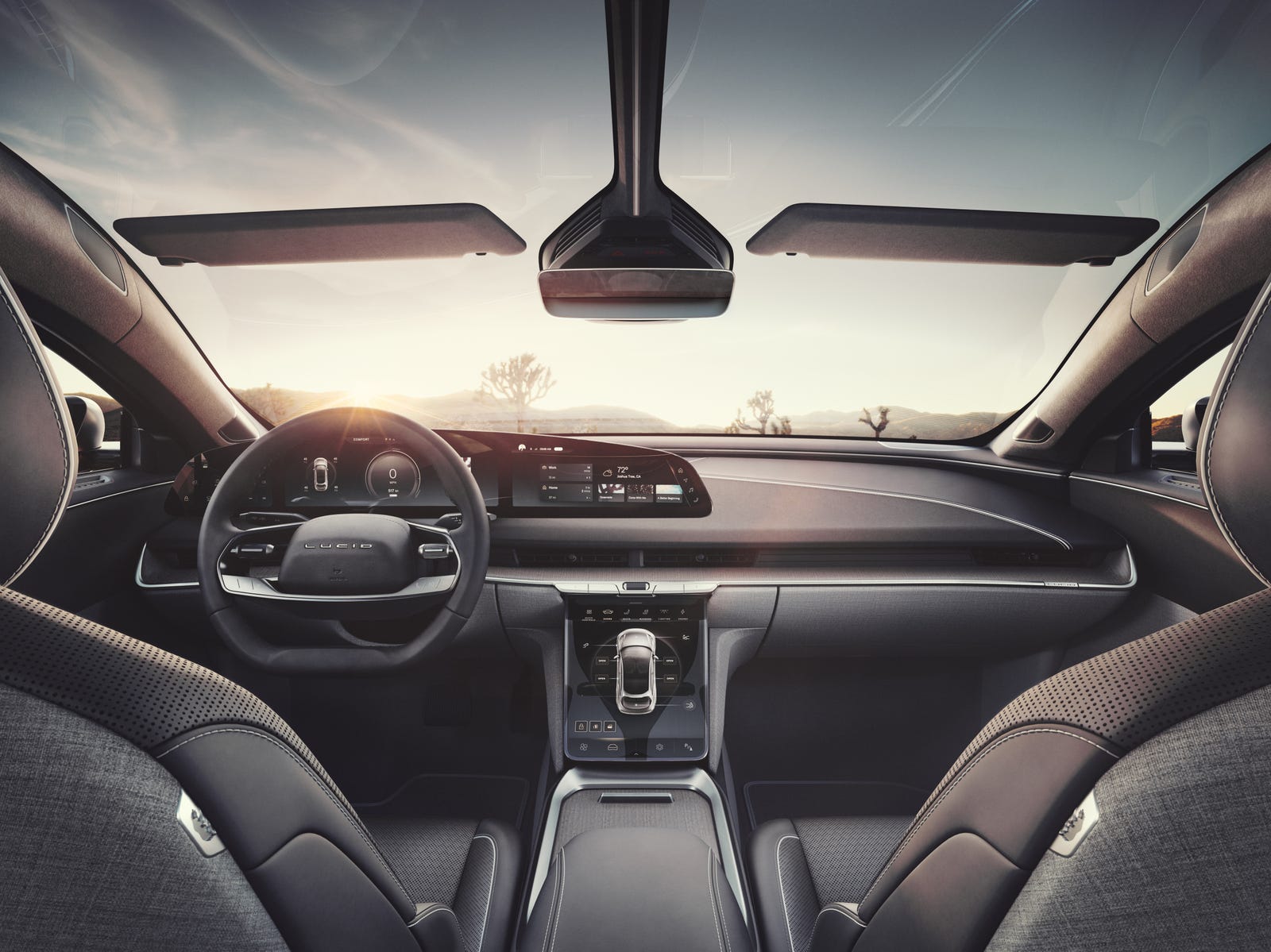

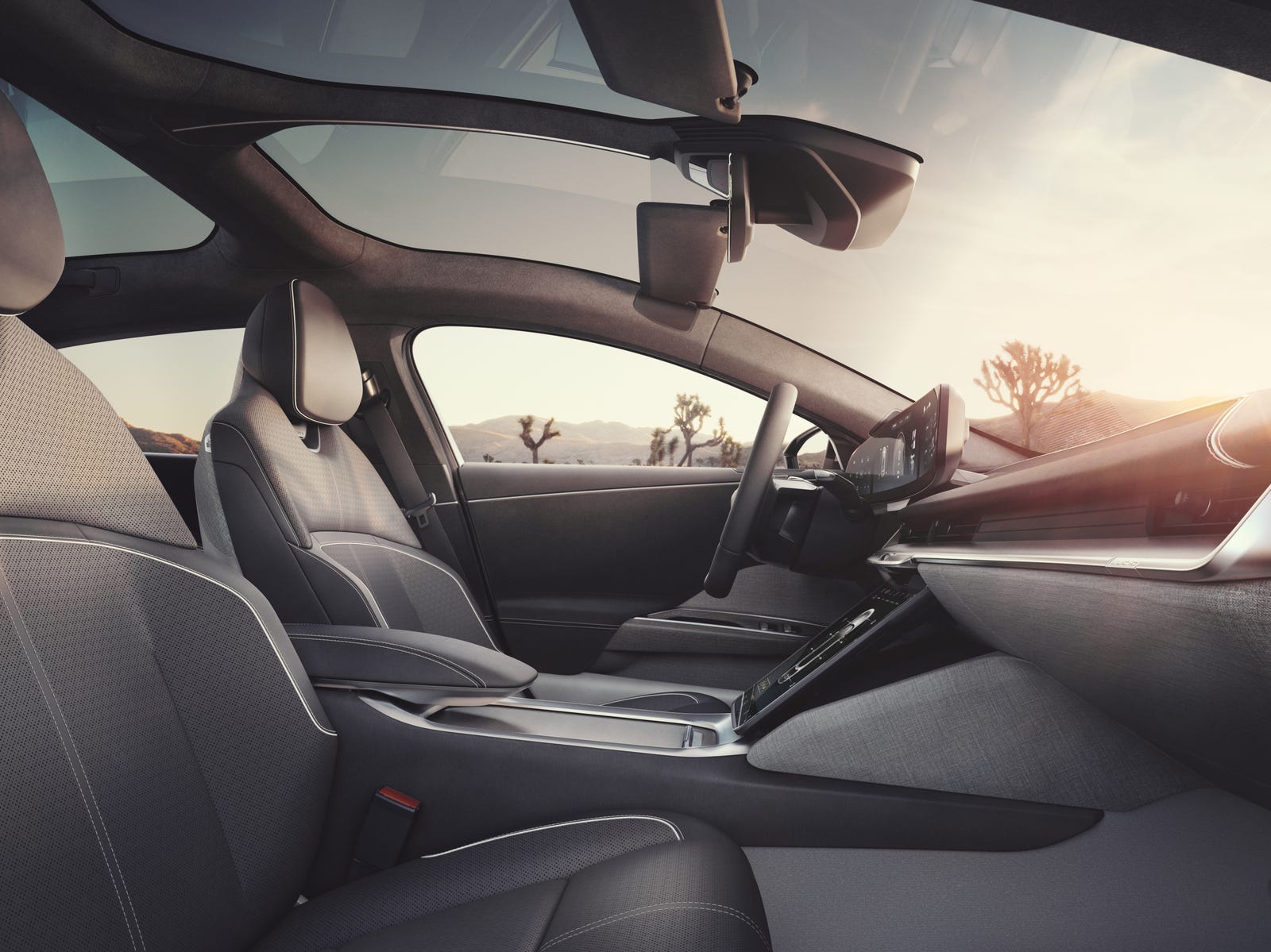
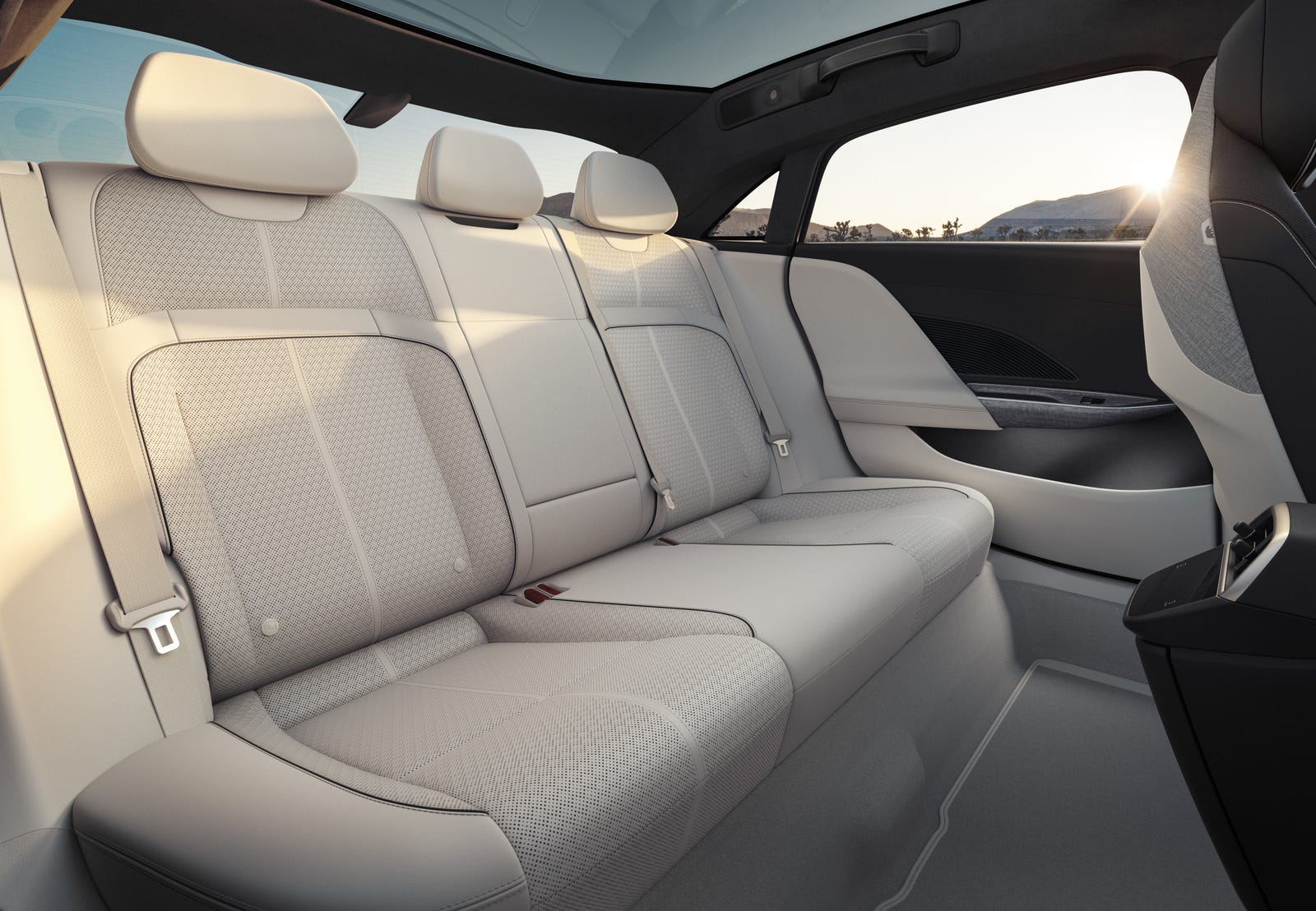
Apparently Lucid’s designers have pulled some proper Alec Issigonis shit and stretched the interior within the car as far as possible, because not only do I fit without issue in the front seat, but I could conceivably sit behind myself in the back seat for at least a few hours without getting too pissy.
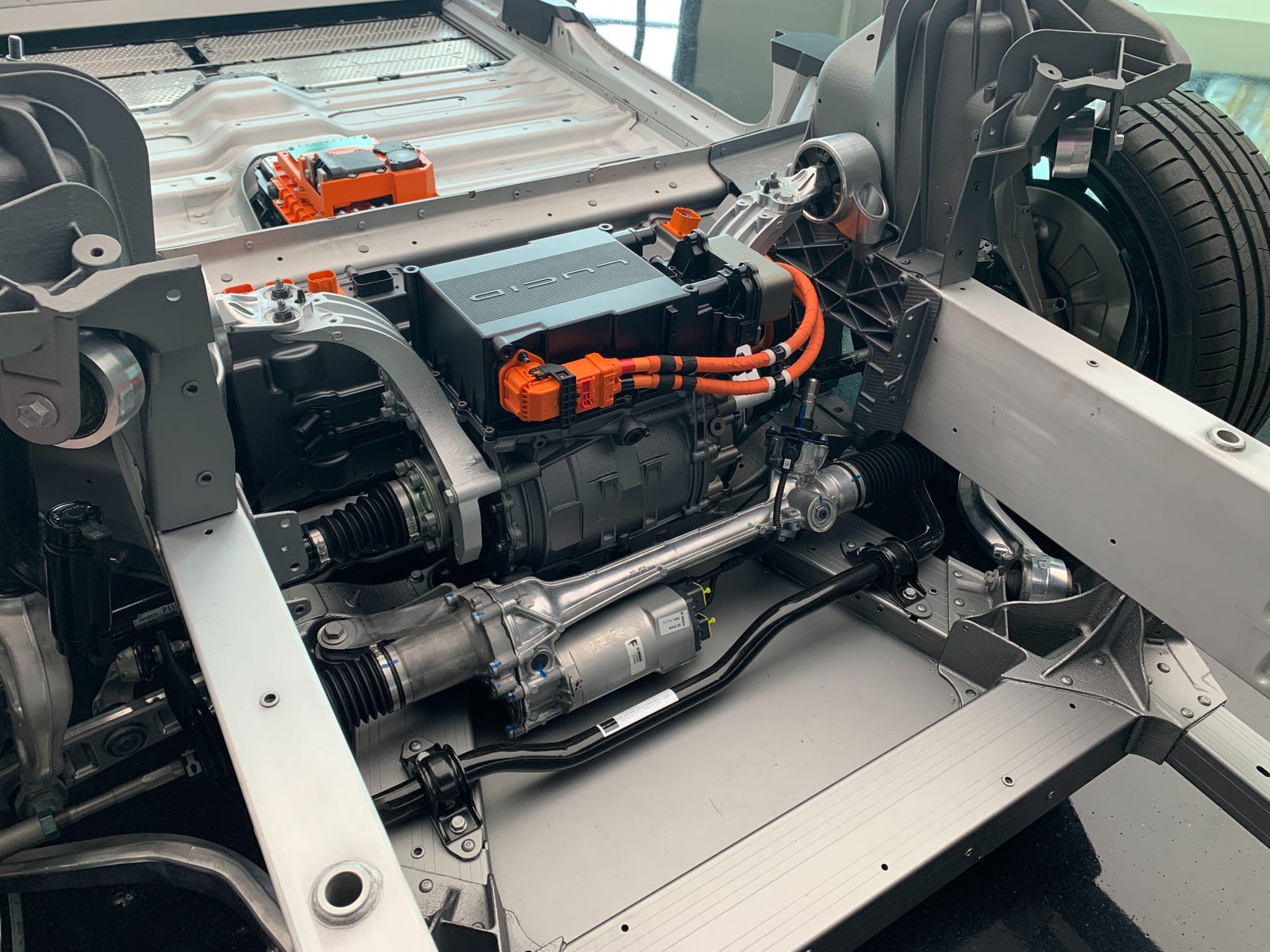
Outside The Car
The exterior of the car is certainly my favorite part. With massive oddball directional wheels fitted with plastic fanblade air extractors, the car’s design is dominated by its wheel choice. Good thing it works fairly cohesively, then. Particularly in the gold color (only available on the launch edition, so get your order in right now) the car’s exterior shape is smooth and organic.
I have mulled it over for a few weeks now, and I think the Air’s exterior design is at least influenced by 1920s Art Deco and it wouldn’t be out of place in the line-up of a modern-day French luxury brand. If I didn’t know any better, you could convince me that this was a DS. And trust me on this, that’s not an insult.
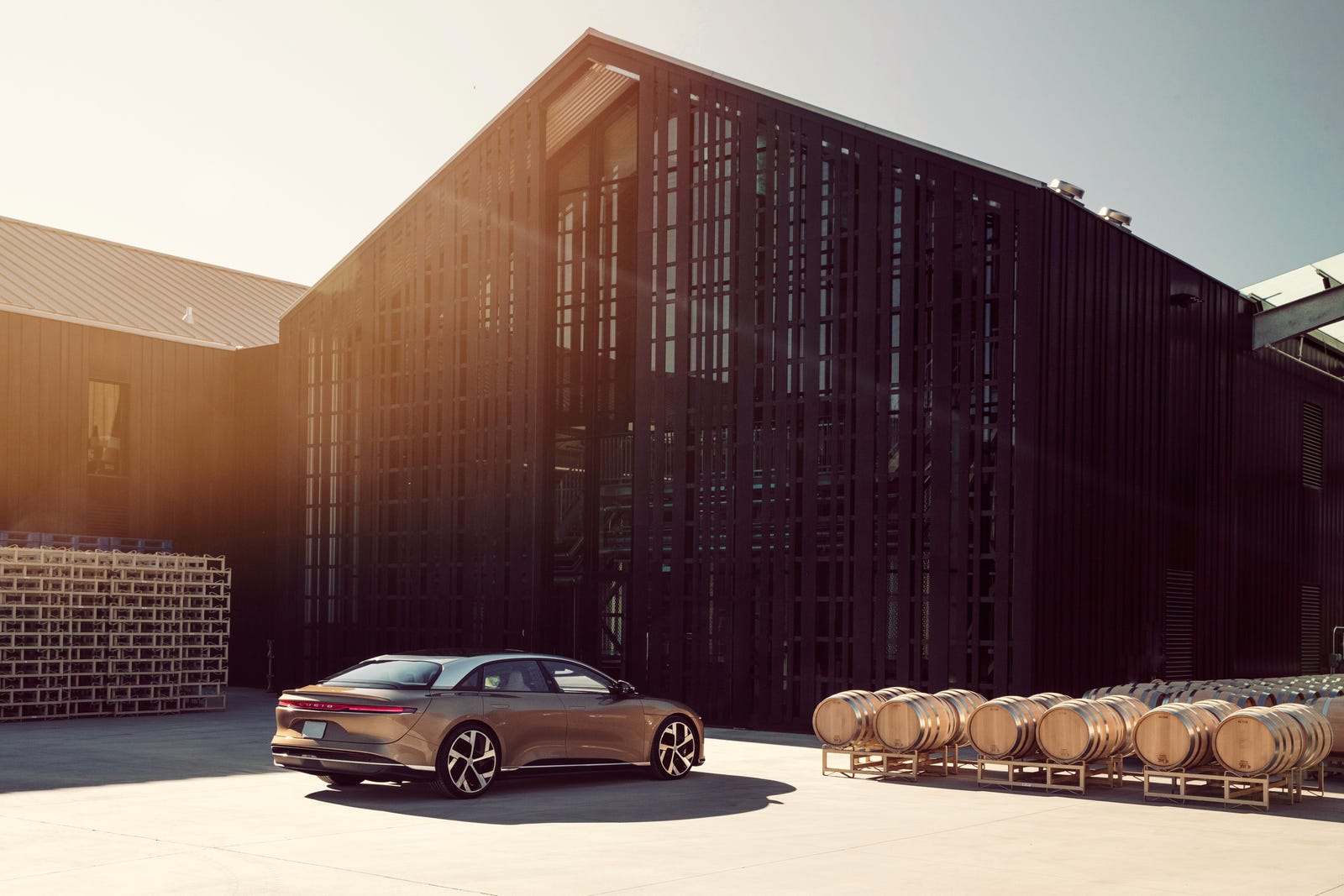
Because of the tiny motor in the front of the car, the Air has a massive and deep frunk. Some of the frunk room is taken up by the car’s HVAC motors and coolers and heaters and such, pushed forward to allow even more cabin space for the car’s occupants. Even so, you could easily fit soft-sided bags for a weekend away for two adults and a child. Or you can use Lucid’s fitted luggage.

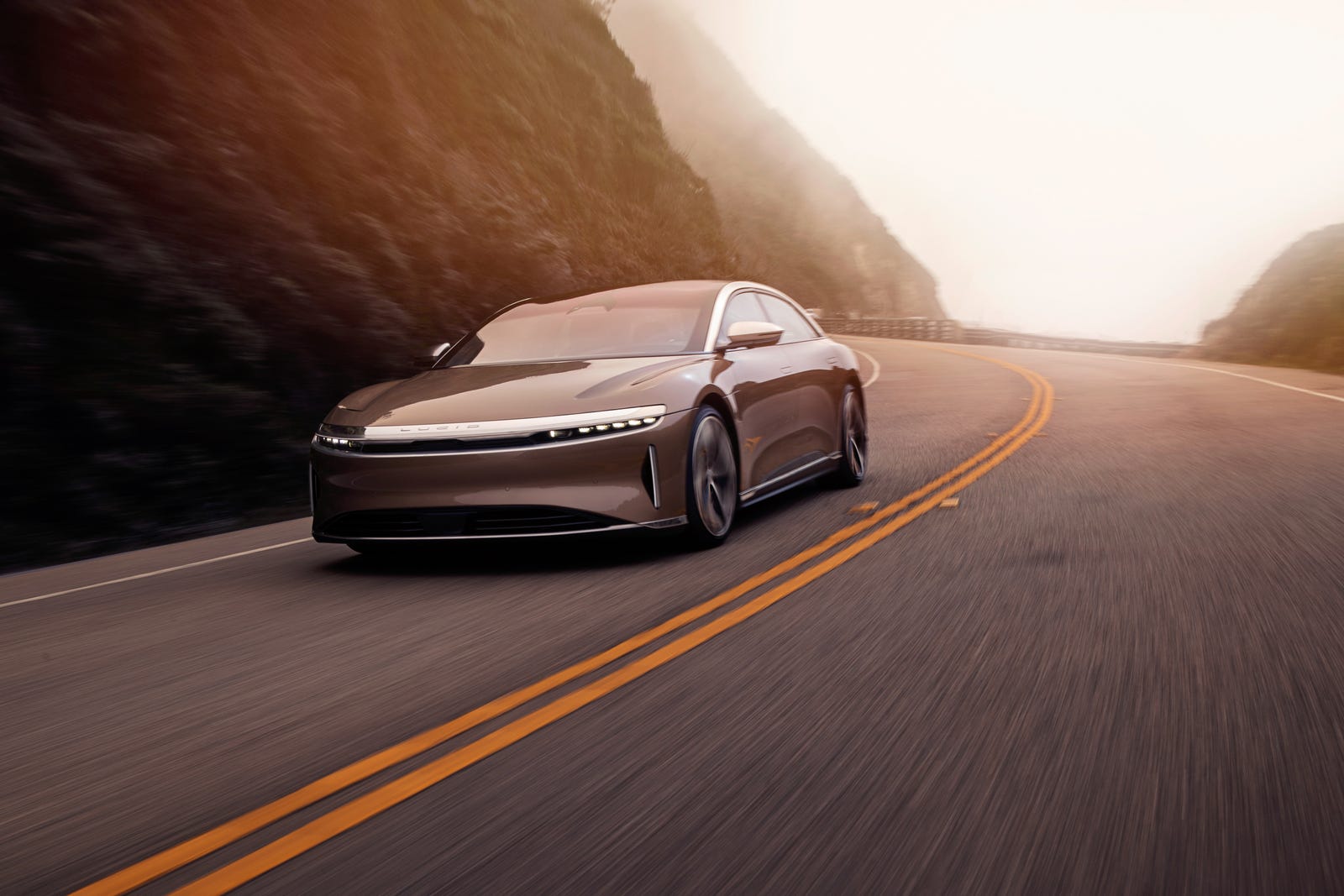
The Tech
When I asked Peter Rawlinson how Lucid managed to get 480 miles of real-world delivered range out of the Air sedan, his eyes lit up. It wasn’t just one single thing, he explained, it was everything. Everything matters.
The whole plan from the beginning was to make the car as physically small as possible yet still provide the luxury of a large interior. Doing this gave the car a smaller frontal area, which along with a very low coefficient of drag helped promote efficiency.
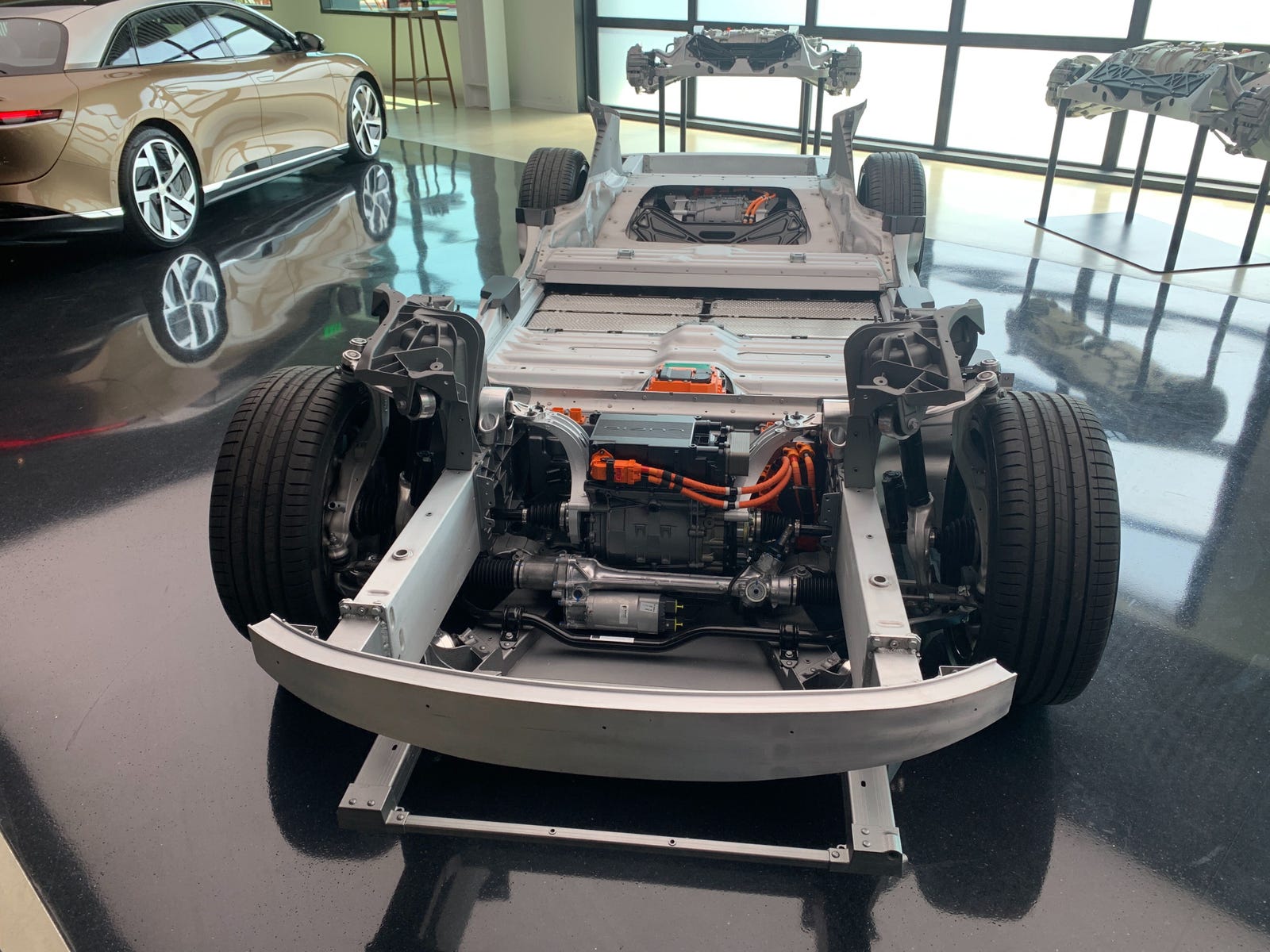
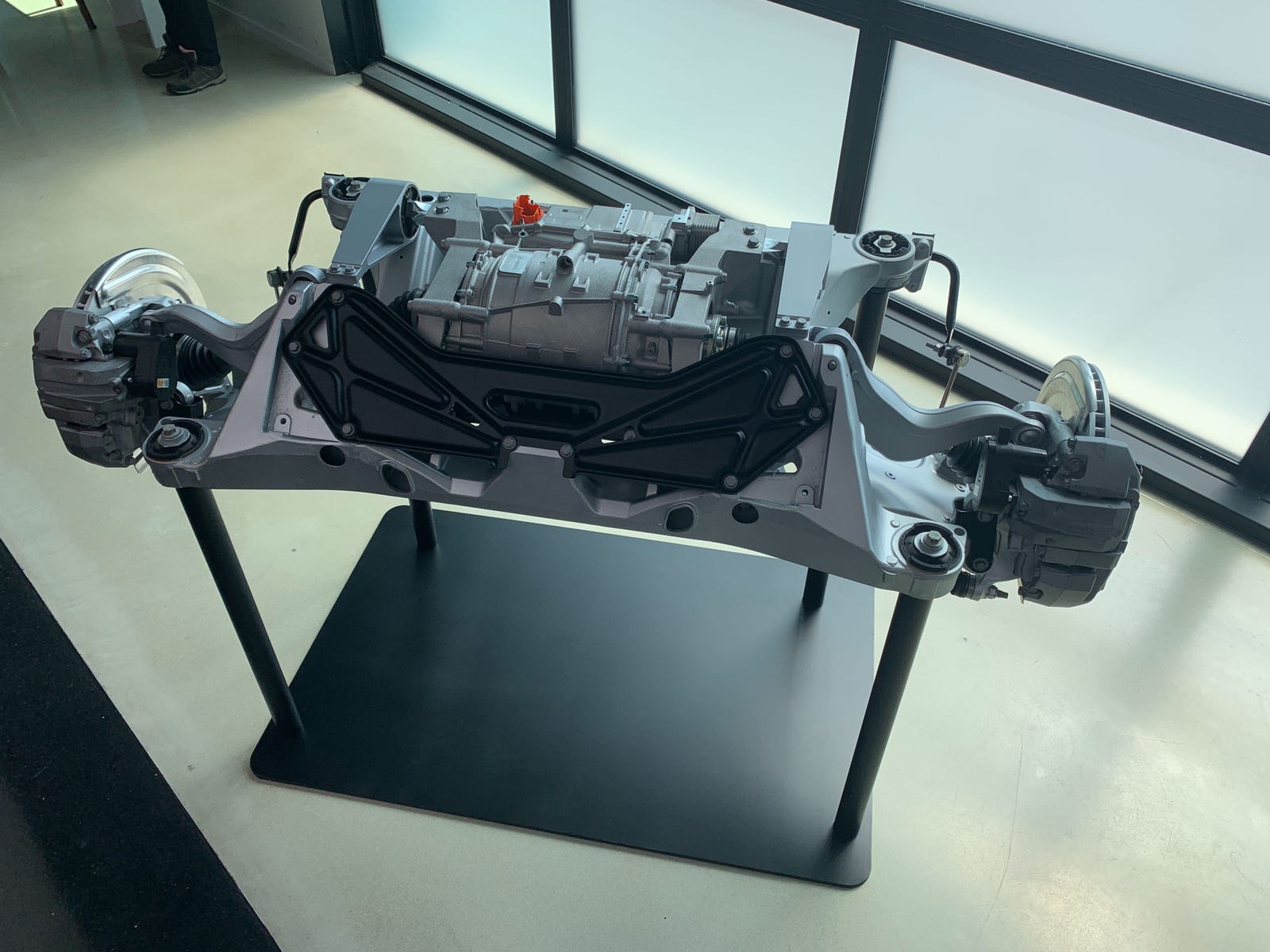
Because it develops its own motors and inverters and batteries and builds them all in-house, Lucid claims it can achieve at least 15 percent higher efficiency in its car than can the competition. For now, in the luxury segment, that efficiency translates to a longer range from the same sized battery, but where Rawlinson really got excited was the future of compact EVs.
While Tesla is putting its efforts into developing new battery chemistry to cut the cost of battery production, Rawlinson believes he can reduce the cost of any given car by around 20 percent through efficiencies. Let’s say you needed a 15 percent smaller battery stack to produce a compact efficient hatchback the likes of a Mini Cooper SE with 110 miles of range. You could then engineer a car that had a lower overall weight with smaller brakes, less beefy control arms, less heavy-duty cooling systems, smaller wheels, etc.
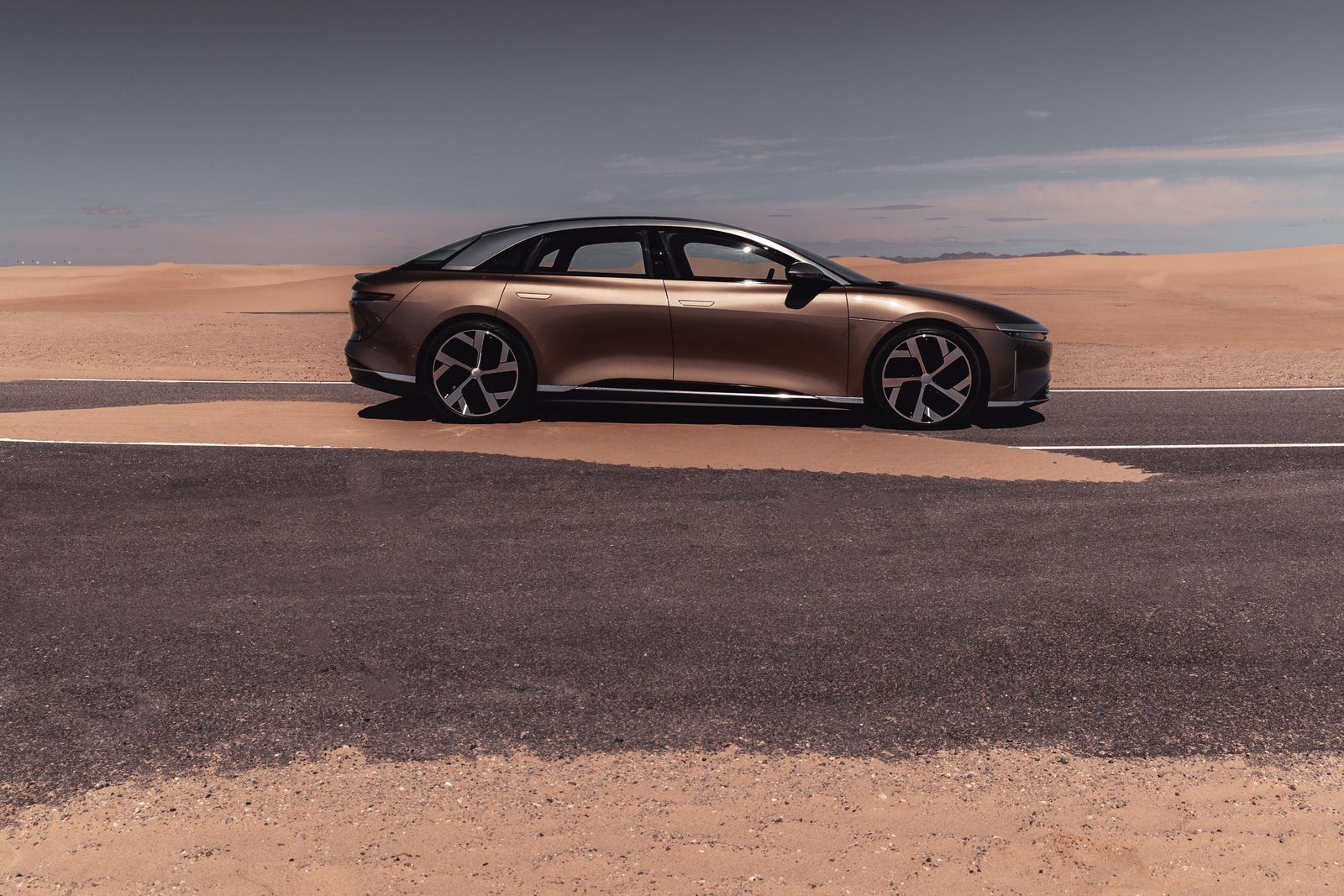
If EVs are ever going to catch on in big numbers here, as they’re doing in Europe right now, we’re going to need to develop high-efficiency, long-range, fast-charge cars for the everyperson. That’s just a fact. It’ll seriously help matters if they look as fucking cool as the Lucid Air does.

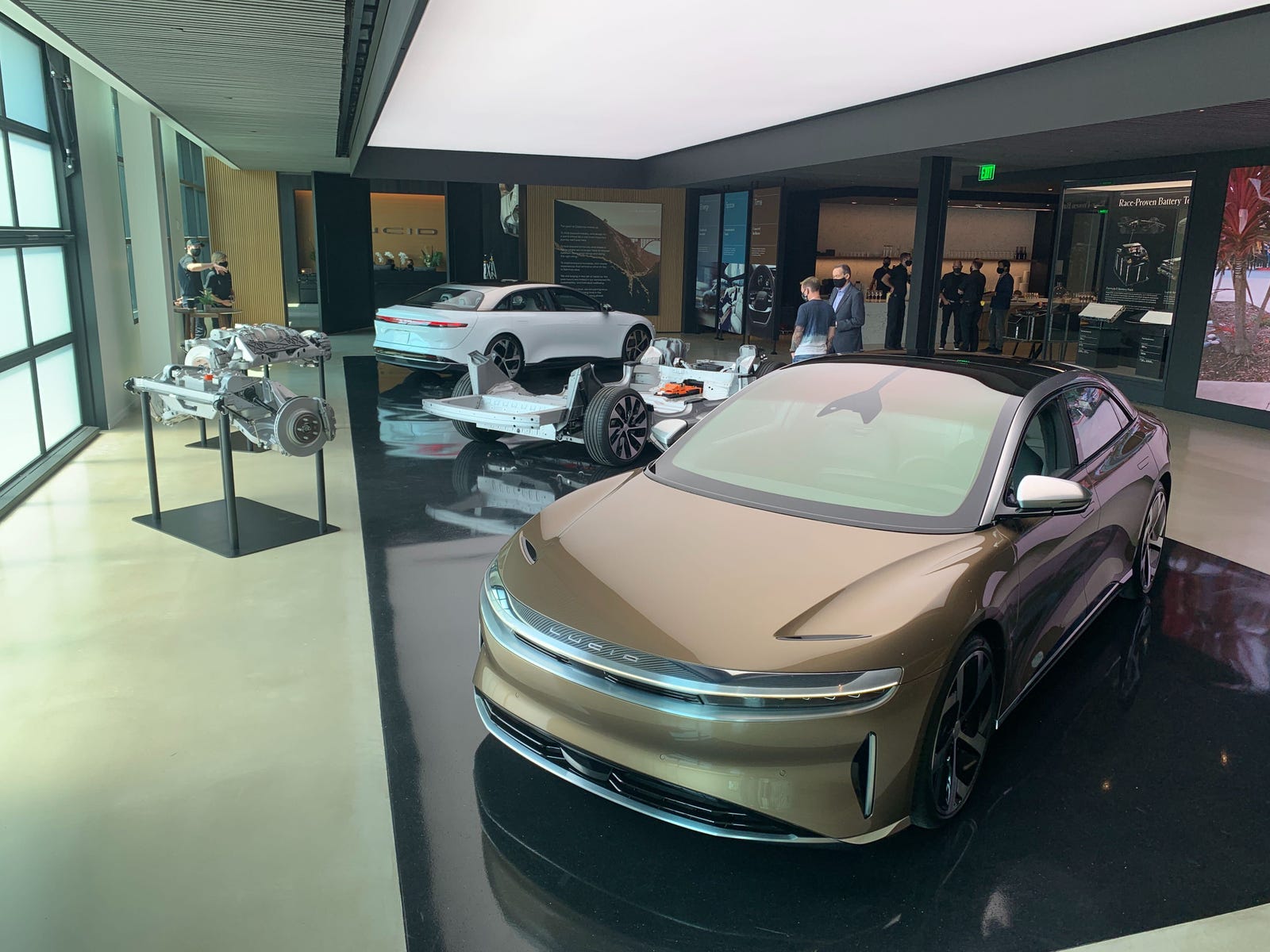

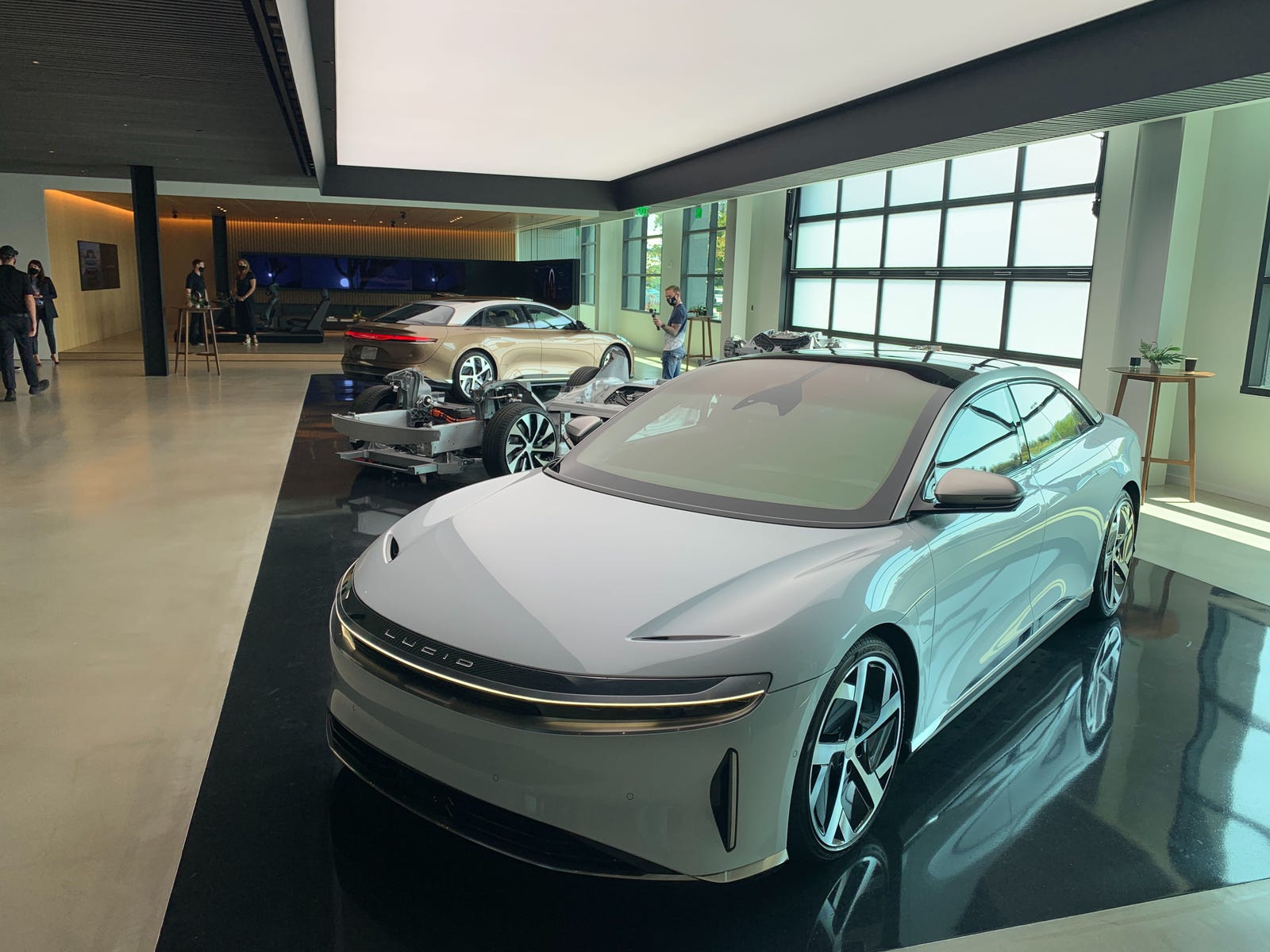
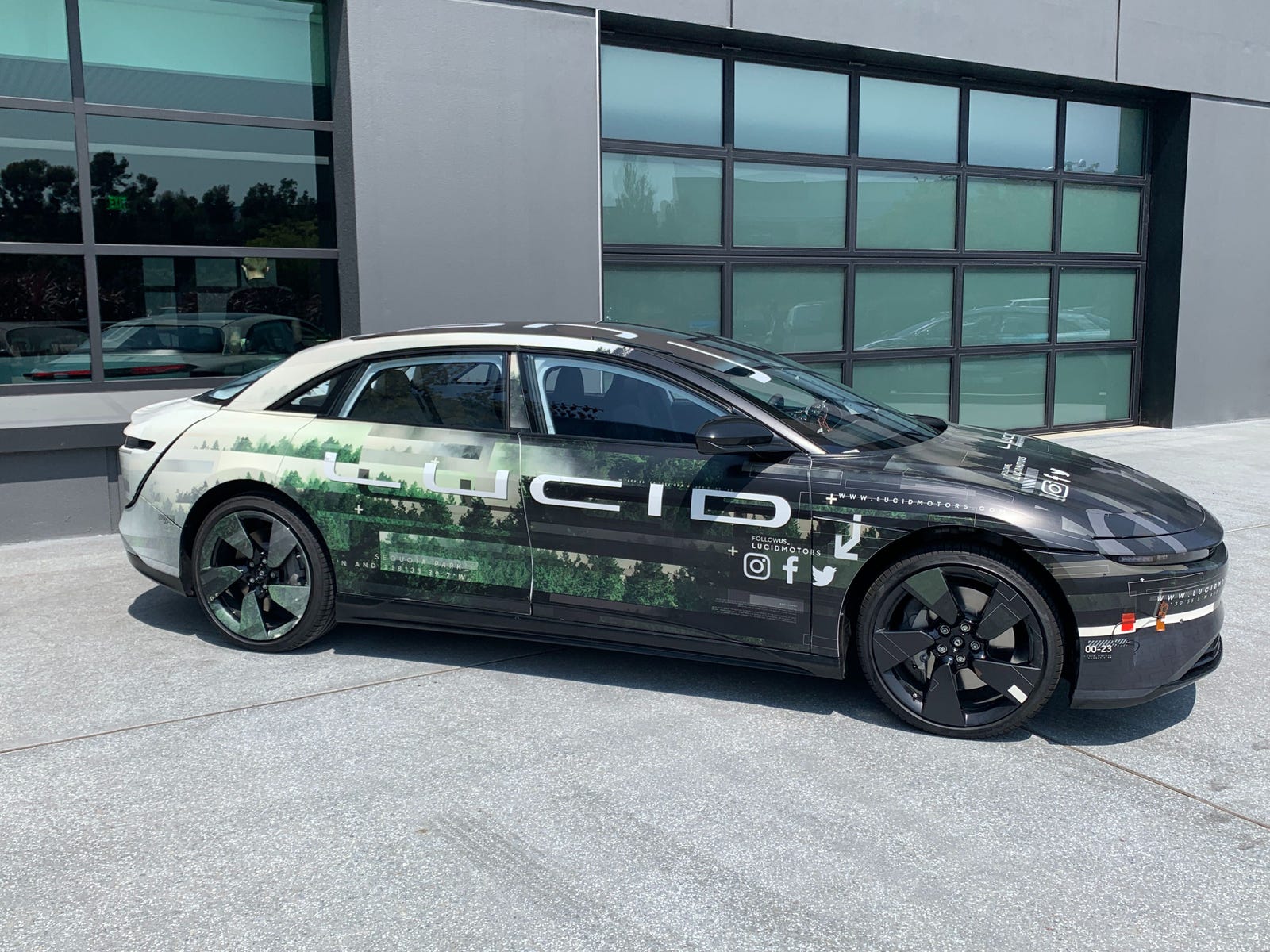
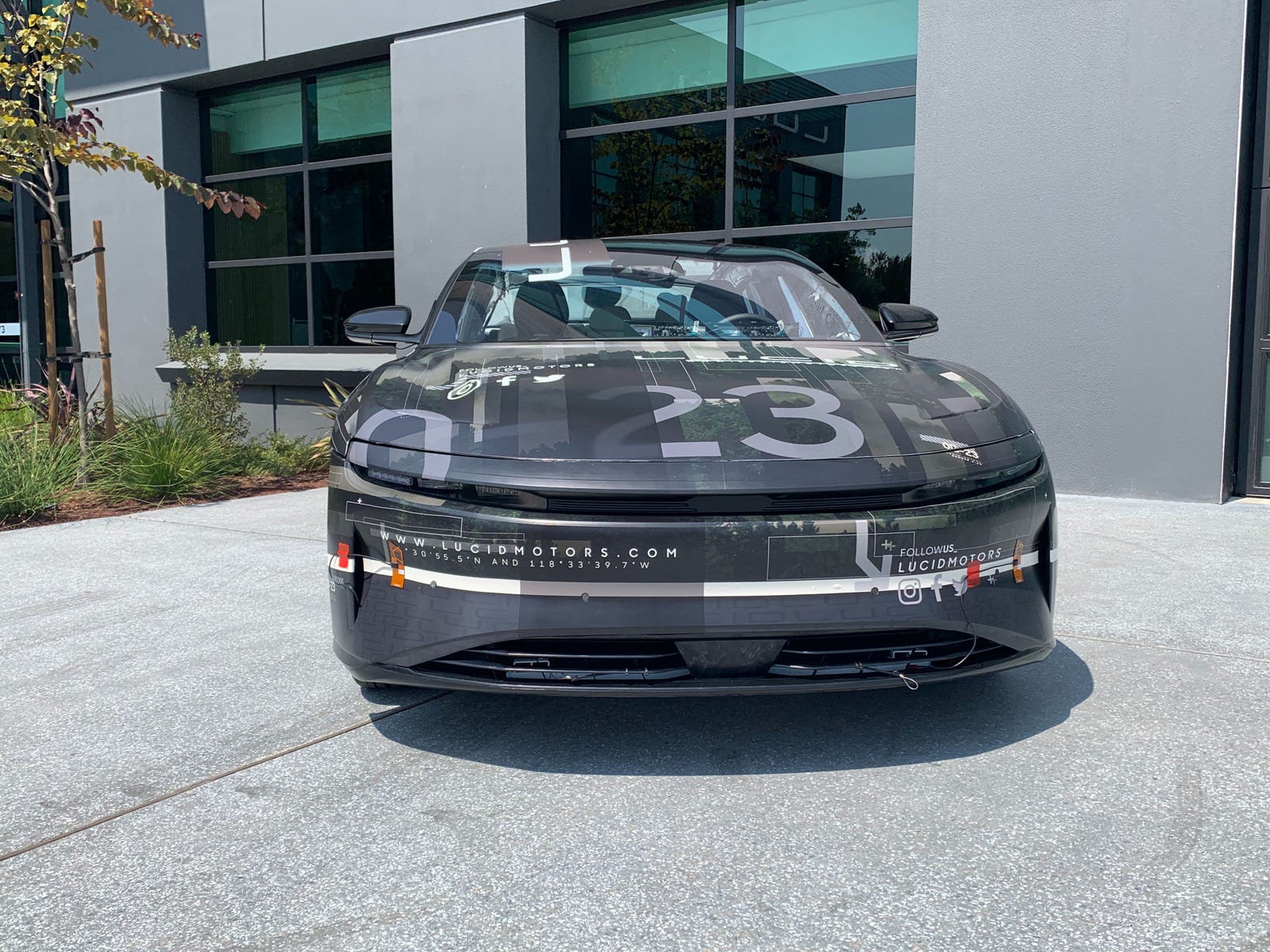
Photos by: Bradley Brownell and LUCID
